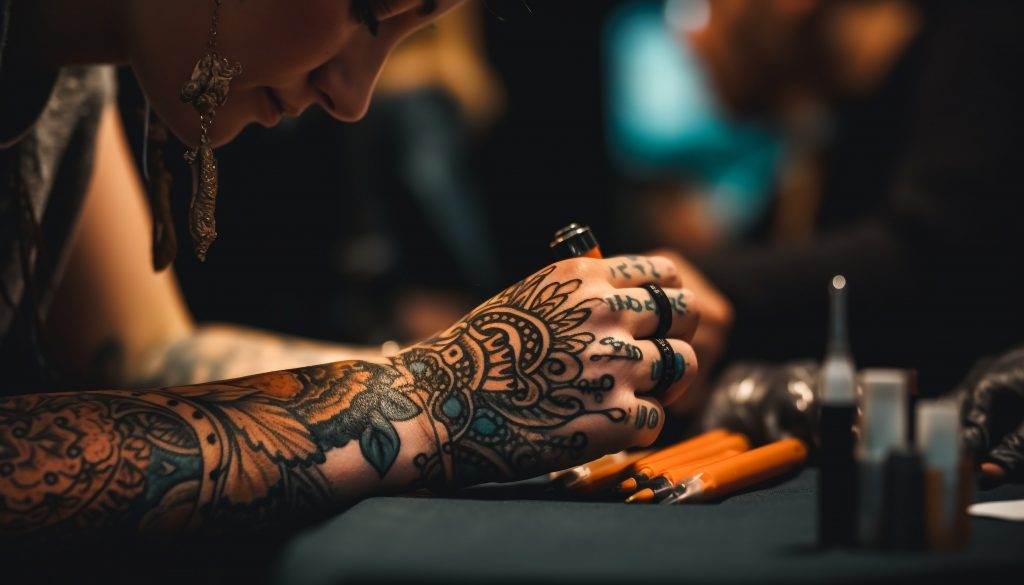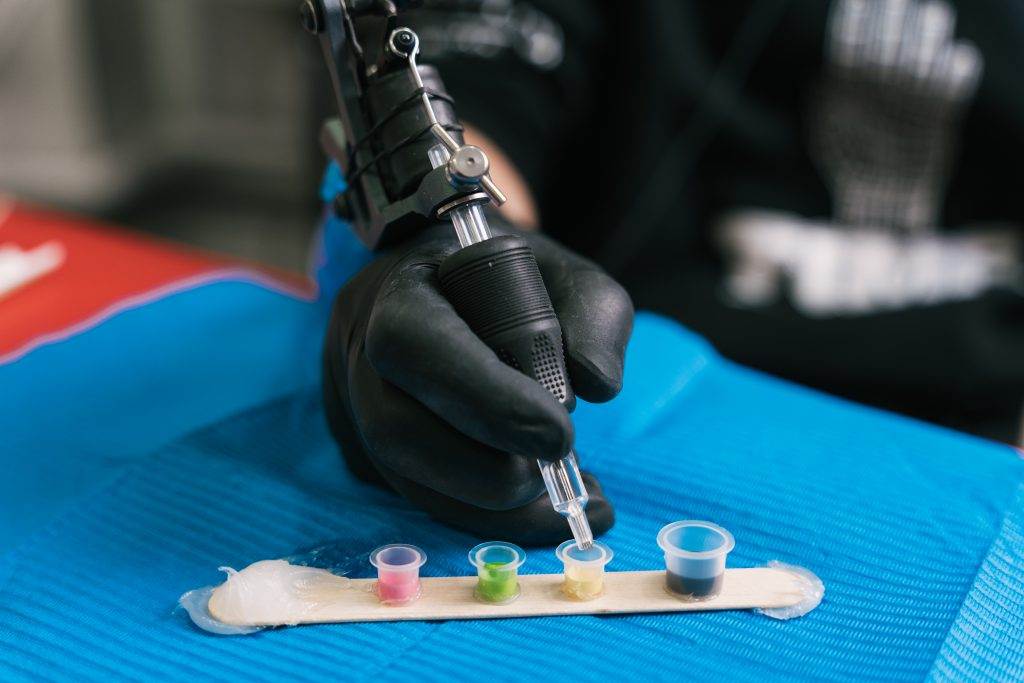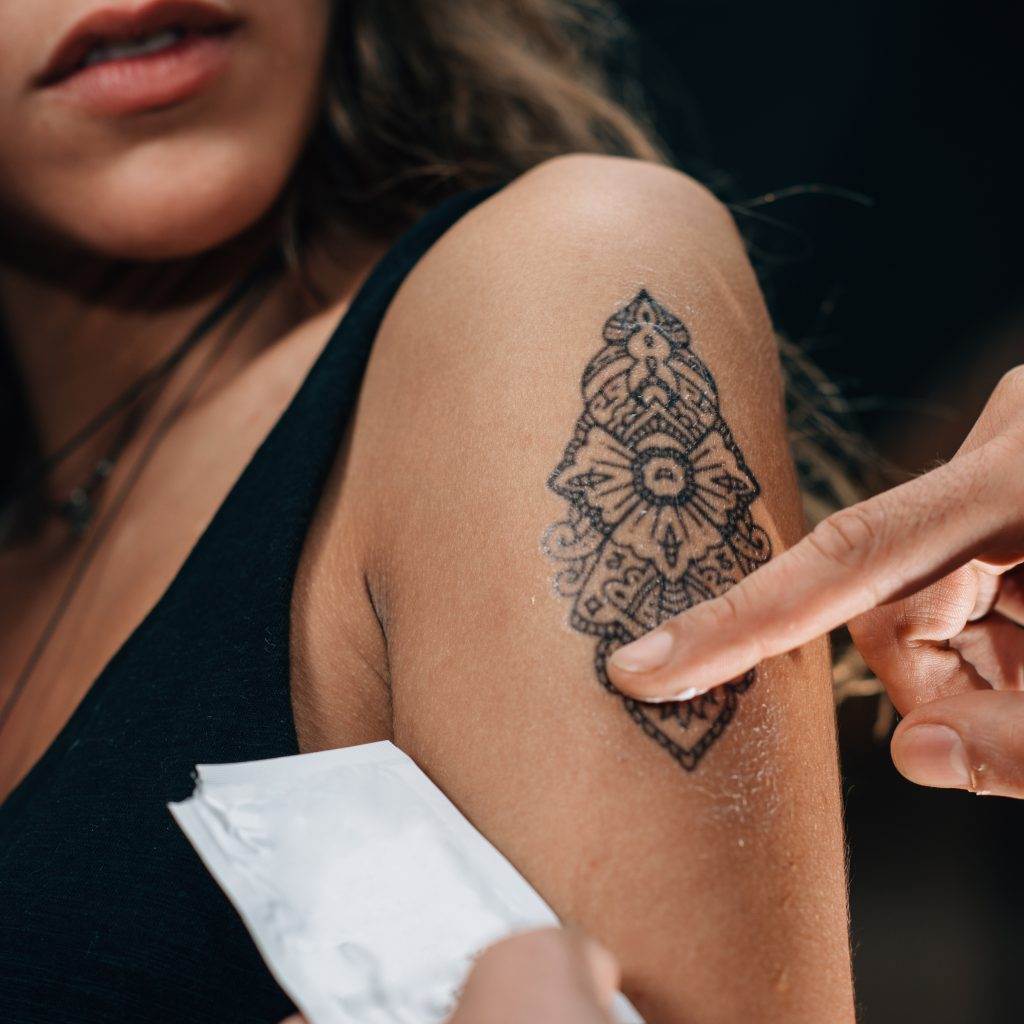Traditional tattoos are a form of body art that have been practiced for centuries in various cultures around the world. These tattoos hold deep cultural and historical significance, serving as a means of self-expression, storytelling, and identity. Traditional tattoos are characterized by their bold and vibrant designs, often featuring symbols, patterns, and motifs that hold specific meanings within their respective cultures.
In different societies, traditional tattoos have played a crucial role in marking important milestones in a person’s life, such as coming of age, marriage, or religious ceremonies. They have also served as a form of protection, warding off evil spirits or providing spiritual guidance. The cultural significance of traditional tattoos varies across different cultures, but they all share the common thread of being deeply rooted in the history and traditions of their respective communities.
The history of traditional tattoos: origins and evolution
The practice of tattooing dates back thousands of years, with evidence of tattooed individuals found in ancient civilizations such as Egypt, China, and Japan. The earliest evidence of tattooing can be traced back to the Neolithic period, with Ötzi the Iceman being one of the most famous examples. Ötzi, a well-preserved mummy discovered in the Italian Alps, had over 60 tattoos on his body.
Tattooing spread across different cultures through trade routes and exploration. Polynesia is often credited as the birthplace of traditional tattooing, with intricate designs known as “tatau” being practiced by the indigenous people. From Polynesia, tattooing techniques and designs spread to other parts of the world, including Southeast Asia, Africa, and the Americas.
As tattooing evolved over time, so did the designs associated with traditional tattoos. Each culture developed its own unique style and symbolism. For example, Maori tattoos from New Zealand feature intricate patterns called “moko,” which represent a person’s genealogy and social status. In Japan, traditional tattoos known as “irezumi” are characterized by large, colorful designs that often depict mythical creatures and folklore.
The symbolism behind traditional tattoo designs
Traditional tattoo designs are rich in symbolism, with each symbol or motif holding a specific meaning within its cultural context. These designs often reflect the values, beliefs, and traditions of the community they originate from.
Common traditional tattoo designs include animals, flowers, religious symbols, and mythical creatures. For example, in Polynesian culture, turtles symbolize fertility and long life, while sharks represent strength and protection. In Native American culture, feathers are often used to symbolize spirituality and connection to the divine.
The placement and size of traditional tattoos also hold significance. In some cultures, certain designs are reserved for specific parts of the body, such as the face or hands, to indicate a person’s social status or achievements. The size of a tattoo can also convey different meanings. For example, larger tattoos may indicate a higher level of commitment or dedication to a particular cause or belief.
Traditional tattooing techniques and tools
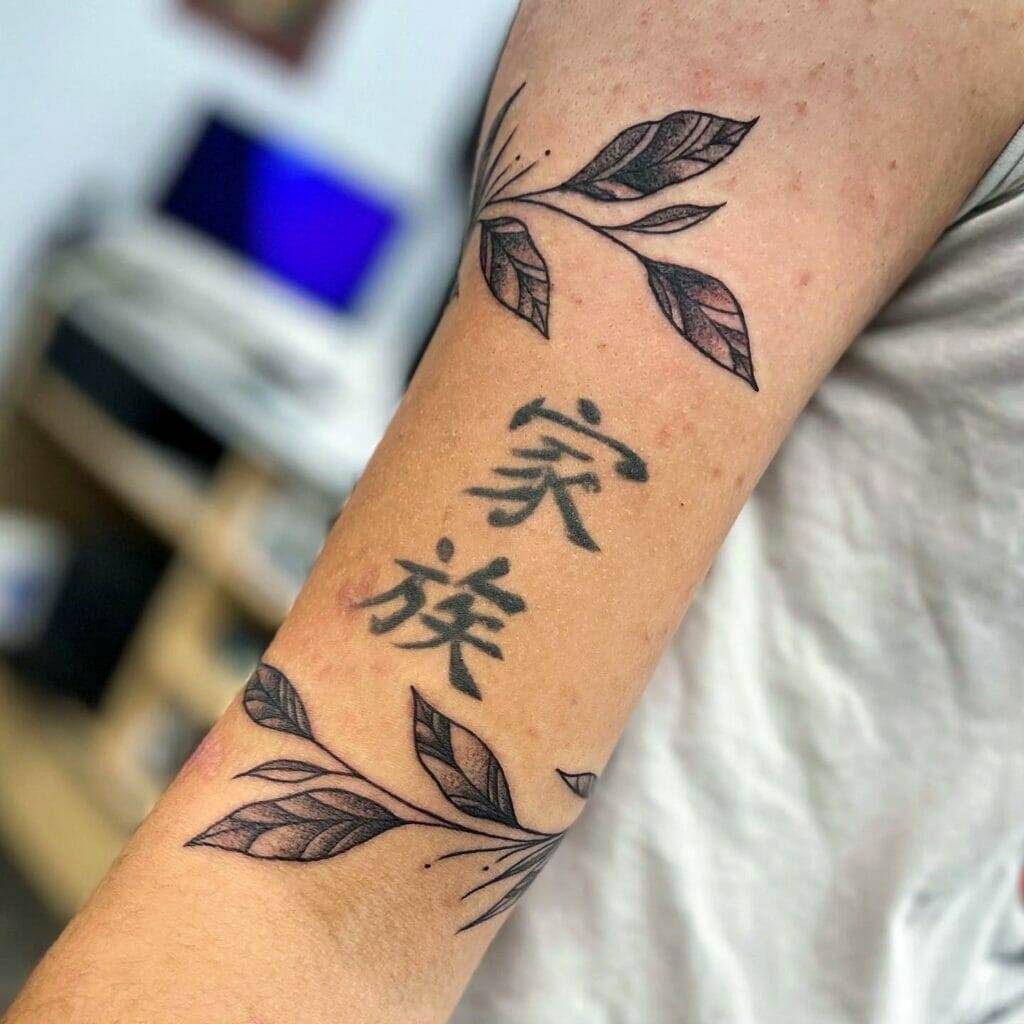
Traditional tattooing methods vary across different cultures and regions. Some cultures use hand-tapping techniques, where a sharp object is dipped in ink and then tapped into the skin using a mallet or stick. This method allows for precise control over the depth and placement of the tattoo.
Other cultures use a technique called “stick and poke,” where a needle is attached to a stick or bone and dipped in ink before being manually inserted into the skin. This method is often used for smaller, more intricate designs.
The tools used in traditional tattooing also vary depending on the culture. In Polynesia, for example, traditional tattoo artists use bone combs or needles to create intricate patterns on the skin. In Japan, traditional tattoo artists use hand-carved wooden handles with multiple needles attached to create the desired design.
The role of traditional tattoos in different cultures and societies
Traditional tattoos play a significant role in the cultural and social fabric of many societies. They serve as a visual representation of a person’s identity, beliefs, and values. In some cultures, traditional tattoos are seen as a rite of passage, marking important milestones in a person’s life.
In Polynesian culture, for example, traditional tattoos are considered a sacred art form and are often performed during ceremonies or rituals. These tattoos serve as a way to connect with one’s ancestors and honor their heritage. In Japan, traditional tattoos are associated with the yakuza, or Japanese mafia, and are seen as a symbol of loyalty and honor.
Traditional tattoos also hold cultural significance in indigenous communities around the world. For many indigenous peoples, tattoos are a way to reclaim their cultural identity and resist assimilation. These tattoos often feature symbols and designs that reflect their connection to the land, their ancestors, and their spiritual beliefs.
Traditional tattoos as a form of storytelling and identity expression
Traditional tattoos have long been used as a form of storytelling, allowing individuals to express their personal narratives and experiences. Each tattoo design holds its own unique story, often reflecting the wearer’s journey through life or their connection to a particular culture or community.
In many indigenous cultures, traditional tattoos serve as a visual record of a person’s achievements, experiences, and social status. For example, in the Maori culture of New Zealand, each moko design tells a specific story about the wearer’s genealogy, tribal affiliations, and personal history.
Traditional tattoos also play a crucial role in expressing identity. They serve as a visual marker of one’s cultural heritage and can be used to assert one’s belonging to a particular community or group. In some cases, traditional tattoos can also be used as a form of resistance against cultural assimilation or colonization.
The cultural appropriation debate surrounding traditional tattoos
The practice of non-indigenous people getting traditional tattoos has sparked a heated debate surrounding cultural appropriation. Cultural appropriation refers to the adoption or use of elements from another culture without understanding or respecting their cultural significance.
Many argue that non-indigenous people getting traditional tattoos can be seen as a form of cultural theft, as it reduces these sacred symbols and designs to mere fashion statements. It is important to recognize and respect the cultural significance of traditional tattoos and to approach them with sensitivity and understanding.
The decline and revival of traditional tattooing practices
Traditional tattooing practices have experienced periods of decline throughout history, often due to colonization, religious influences, or changing societal norms. In many cultures, tattooing was stigmatized or even banned altogether.
However, in recent years, there has been a revival of traditional tattooing practices as people seek to reconnect with their cultural heritage and reclaim their identity. Traditional tattoo artists are gaining recognition for their unique skills and artistry, and there is a growing appreciation for the cultural significance of traditional tattoos.
Traditional tattoo artists and their unique styles and traditions
Traditional tattoo artists are known for their distinct styles and traditions, which vary across different cultures and regions. Each artist brings their own unique perspective and artistic vision to their work, resulting in a diverse range of styles and techniques.
In Polynesia, traditional tattoo artists are known for their intricate patterns and bold designs. They often use hand-tapping techniques to create precise lines and shading. In Japan, traditional tattoo artists specialize in large-scale designs that cover the entire body. These tattoos often feature mythical creatures, such as dragons or phoenixes, and are created using a combination of hand-poking and machine techniques.
The future of traditional tattoos in a modern world
The practice of traditional tattooing is evolving alongside advancements in technology and changing societal attitudes towards body art. Modern tattoo machines have made the process faster and more efficient, allowing artists to create intricate designs with greater precision.
However, there is a concern that the cultural significance of traditional tattoos may be diluted or lost in the modern world. It is important for artists and enthusiasts alike to continue to educate themselves about the cultural significance of traditional tattoos and to approach them with respect and understanding.
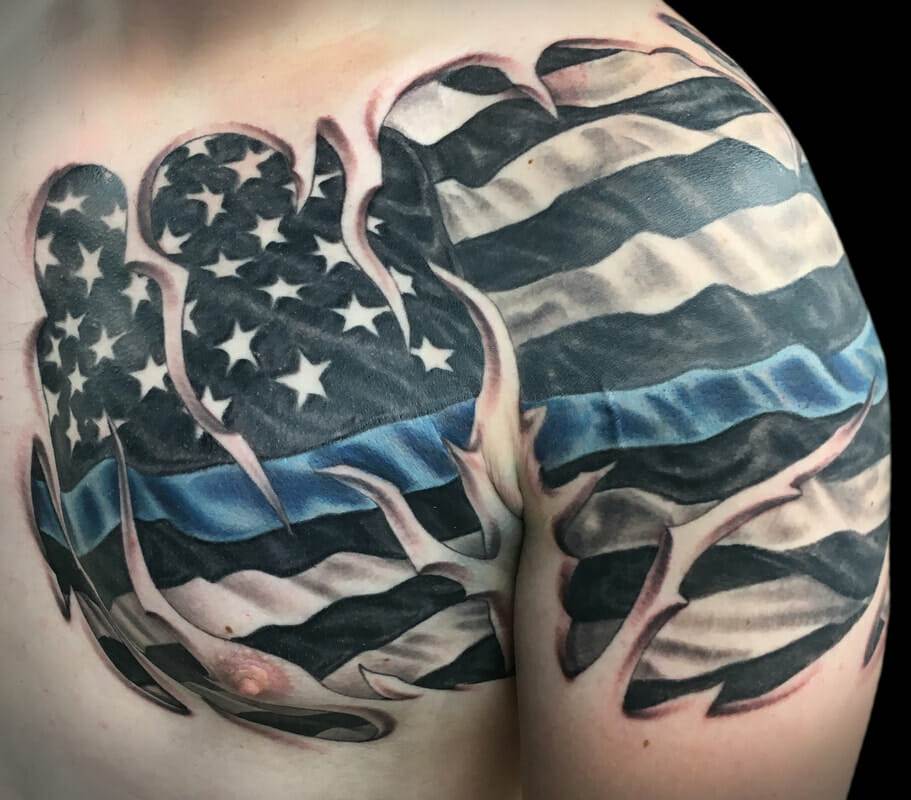
the enduring legacy of traditional tattoos
Traditional tattoos have left an indelible mark on different cultures around the world. They serve as a visual representation of a person’s identity, beliefs, and values, and play a crucial role in preserving cultural heritage and traditions.
As we move forward into the future, it is important to recognize and respect the cultural significance of traditional tattoos. By preserving and honoring these ancient art forms, we can ensure that they continue to be passed down through generations, serving as a source of inspiration, storytelling, and identity expression for years to come.

